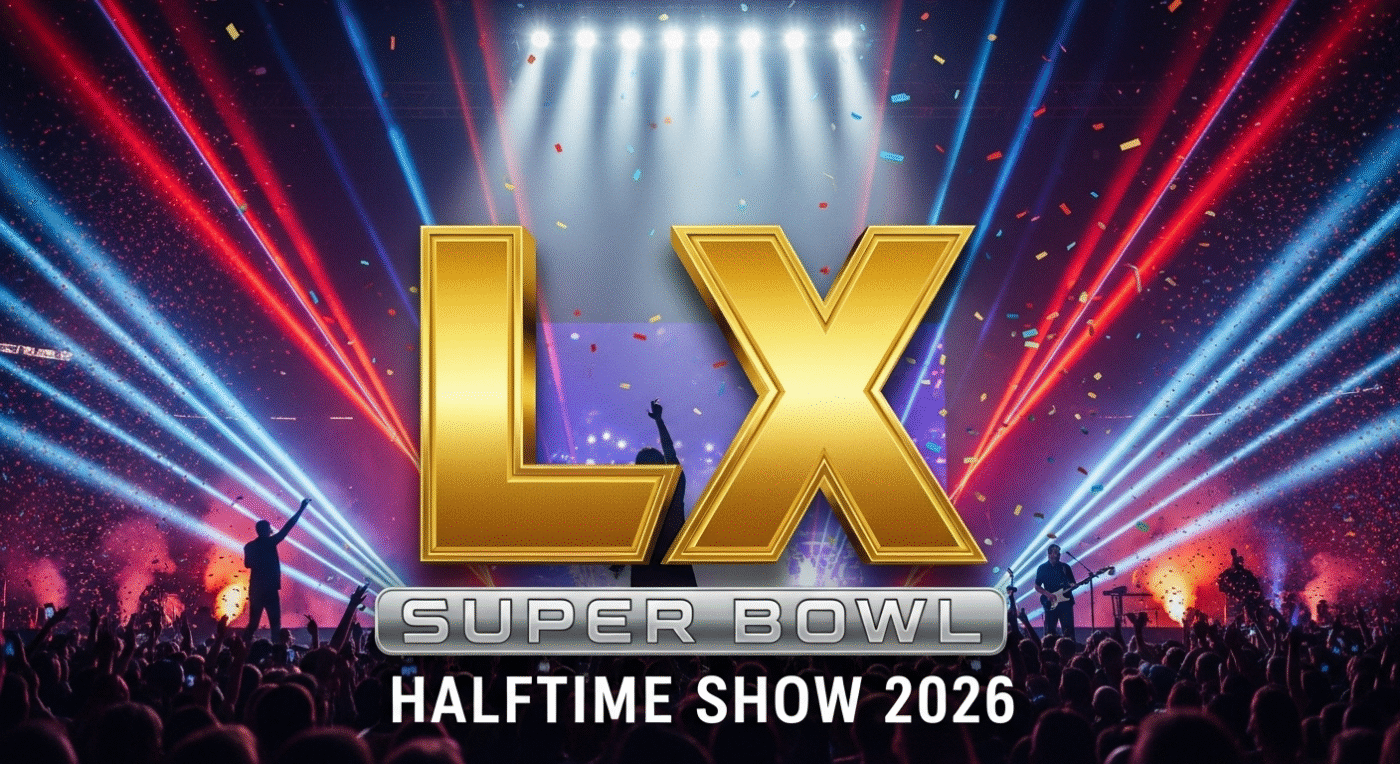Uncategorized
Bad Bunny’s Super Bowl LX Halftime Show: A Spanish Meltdown or a Cultural Triumph?
The dust has settled on Super Bowl LX, and while the Kansas City Chiefs might be celebrating another victory, all eyes (and ears) are still on the halftime show. This year, Latin music sensation Bad Bunny took the stage, promising a performance that would electrify audiences. But instead of universal acclaim, we’re left with a heated debate: was it a “Spanish meltdown” as some are calling it, or a groundbreaking moment for cultural representation?

Let’s break down what happened.
From the moment Bad Bunny, whose real name is Benito Antonio Martínez Ocasio, appeared, the energy was palpable. He opened with a medley of his biggest hits, performed almost entirely in Spanish.
For fans of his music, it was a dream come true – vibrant, authentic, and unapologetically him. The stage design was a spectacle in itself, featuring references to Puerto Rican culture, from intricate Taino symbols to a breathtaking recreation of Old San Juan’s colorful streets.
The internet, as expected, immediately erupted. Many viewers, especially those within the Latinx community, lauded the performance as a monumental step forward. They praised Bad Bunny’s courage to stay true to his roots on such a massive global stage, showcasing the richness and dynamism of Latin music and culture to an estimated 100 million viewers. It was a powerful statement, demonstrating that language barriers don’t diminish the impact of art and emotion.
However, not everyone was thrilled. A significant portion of the audience, unfamiliar with Spanish, expressed frustration at the lack of English translation or widely recognizable songs. Social media was awash with comments about feeling “left out” and critiques labeling the performance as a “missed opportunity” to connect with a broader, primarily English-speaking audience. Some even went as far as to call it a “Spanish meltdown,” suggesting that the linguistic choice alienated too many viewers.
This polarized reaction brings up an interesting question: What is the Super Bowl Halftime Show meant to be? Is it a vehicle for global pop cultural unity, or an opportunity for artists to express their unique identities, even if it challenges the linguistic status quo?
The NFL and show producers might have anticipated some of this. Choosing Bad Bunny, one of the most streamed artists globally, was a clear nod to his immense popularity and the growing influence of Latin music. Perhaps the intent was to push boundaries and introduce a wider audience to a different cultural experience, rather than just delivering a universally palatable pop spectacle.
Ultimately, whether you saw it as a “meltdown” or a “masterpiece” likely depends on your perspective and expectations. What’s undeniable is that Bad Bunny’s Super Bowl LX Halftime Show was a moment that sparked conversation – about language, culture, representation, and the evolving landscape of global entertainment. It proved that sometimes, the most memorable performances are the ones that dare to be different, even if they leave some scratching their heads.
What are your thoughts? Did Bad Bunny’s performance resonate with you, or did you find yourself wishing for more English?


